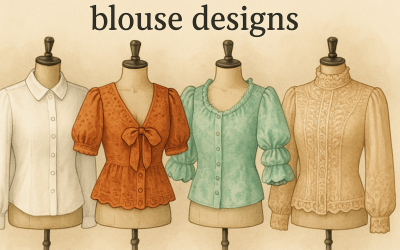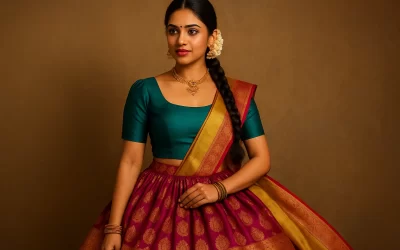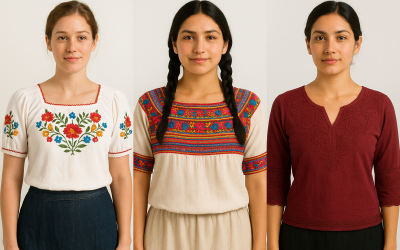In an era where technology is transforming every industry, the world of fashion and stitching is no exception. The integration of advanced technologies has brought about significant changes in how garments are designed, stitched, and produced. From digital pattern making to automated sewing machines, technology is reshaping the art of stitching, making it more efficient, precise, and innovative. Here’s a look at how technology is revolutionizing the stitching process and what it means for the future of fashion.
1. Digital Pattern Making
One of the most notable advancements in stitching technology is digital pattern making. Traditional pattern drafting involved manual measurements and paper patterns, which could be time-consuming and prone to errors. Today, designers use sophisticated software to create and modify patterns digitally. Programs like Adobe Illustrator and specialized fashion design software allow for precise adjustments, quick modifications, and instant previews.
2. 3D Garment Visualization
Gone are the days when designers had to rely solely on physical samples to visualize their designs. 3D garment visualization technology enables designers to create realistic digital prototypes of their garments. Software like Clo3D and TUKAcad allows for detailed simulations of how fabrics drape and fit on virtual models. This not only speeds up the design process but also reduces fabric waste, as multiple designs can be tested digitally before any physical production begins.
3. Automated Sewing Machines
The evolution of sewing machines has been significantly impacted by technological advancements. Modern automated sewing machines can perform a variety of tasks, including stitching, hemming, and embroidery, with high precision and speed. These machines are equipped with programmable features that allow for complex stitching patterns and automated adjustments, reducing manual labor and enhancing efficiency in garment production.
4. Fabric Cutting Technology
Fabric cutting has also seen technological improvements with the introduction of automated cutting machines. These machines use computer-controlled blades or lasers to cut fabric with exact precision. Technologies such as the Gerber AccuMark and Lectra Cutter help minimize fabric waste and ensure consistent cuts, which is crucial for maintaining quality in large-scale production.
5. Smart Textiles and Wearable Tech
The intersection of technology and stitching extends beyond the production process into the realm of smart textiles and wearable technology. Fabrics embedded with sensors and conductive threads can monitor health metrics, adjust to environmental conditions, and even interact with other smart devices. For instance, heated jackets and self-cleaning fabrics are examples of how technology is enhancing garment functionality and comfort.
6. AI and Machine Learning in Fashion Design
Artificial Intelligence (AI) and machine learning are becoming integral parts of the fashion industry. AI algorithms can analyze fashion trends, predict consumer preferences, and even assist in designing new garments. Machine learning models are used to optimize stitching patterns and improve the efficiency of production lines, making it easier for designers to stay ahead of trends and meet market demands.
7. Virtual Reality for Design and Training
Virtual Reality (VR) is transforming how designers and stitchers interact with their work. VR technology allows for immersive experiences where designers can interact with their designs in a three-dimensional space. Additionally, VR is used for training purposes, enabling new stitchers to practice and refine their skills in a simulated environment before working with real fabrics.
Conclusion
The integration of technology with stitching is revolutionizing the fashion industry, bringing unprecedented precision, efficiency, and creativity to the process. From digital pattern making to smart textiles, these advancements are not only enhancing how garments are designed and produced but also paving the way for a more sustainable and innovative future in fashion. As technology continues to evolve, it will undoubtedly bring even more exciting changes to the world of stitching.
Stay tuned for more insights into how technology is shaping the future of fashion and stitching.




0 Comments